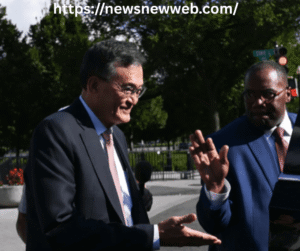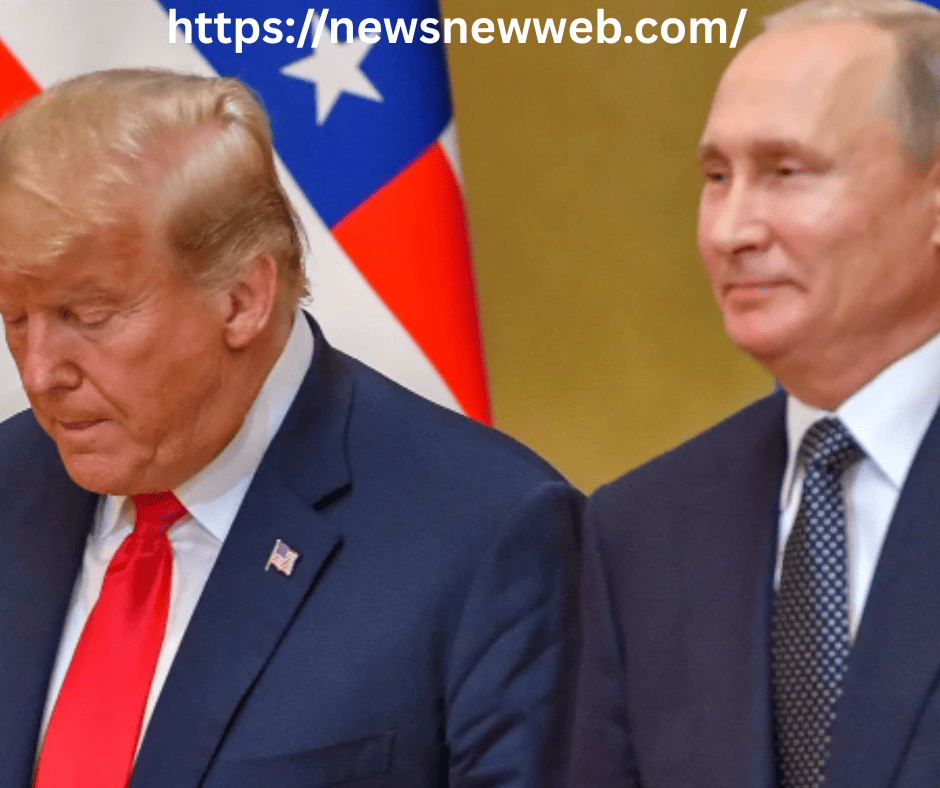State-Driven Deals Fuel a New Chip Strategy
The Trump administration’s mixing business with politics to build a chip empire ,In 2025, the Trump administration took bold steps to shape the semiconductor industry. It mixed politics and business to drive domestic chip manufacturing. The strategy leaned heavily on direct intervention. Companies were nudged via incentives, stakes, or tariffs.

Government involvement in Intel is a prime example. Reports confirm that the U.S. government entered talks about buying a stake in Intel to support its Ohio chip plant. This move aimed to revive delayed projects and restore U.S. tech leadership. It signals a new era of state-led industrial planning.
State Capitalism: The 15-Percent Revenue Share
In parallel, a novel revenue-sharing deal was enforced. Nvidia and AMD were permitted to export chips to China. But they were taxed with a 15 percent fee on sales. This shift blurred lines between tariffs and corporate policy. Analysts dubbed it “pay-to-play” governance.
The policy marked a departure from traditional free-market principles. Political access abruptly translated into economic benefits or penalties. Critics warned that this fosters unfair advantages.
Reshoring Ambitions: Micron and TSMC Investments
Beyond bureaucratic tactics, the administration led high-profile investments. Micron pledged a staggering $200 billion to expand U.S. memory chip production. New fabrication plants were planned across Idaho, New York, and Virginia. These projects aimed to bolster R&D, secure supply chains, and anchor 90,000 jobs.
Meanwhile, TSMC announced a $100 billion expansion in U.S. facilities, including fabs, packaging centers, and an R&D center in Arizona. This brought total TSMC U.S. investment to an estimated $165 billion. The deals were tied to tariff threats—no investment meant a 100 percent tariff—or exemption, enforcing politically motivated industrial behavior.
Industry Worries: Tariffs Could Backfire
Experts questioned whether these tactics would ultimately help. Companies like TSMC and Micron warned that tariffs on critical equipment would raise costs and delay projects. Tariffs imposed unpredictably could endanger investments.
Academics affirmed that tariffs do not substitute for subsidies. They emphasized accountability and clarity—absent clear goals, uncertainty discourages investment.
Politics Meets Policy: The Cost of Mixing Them
This aggressive blend of politics and business ambitions redefined U.S. industrial policy. State investment, corporate stakes, tariffs, and revenue sharing combined into a regulation-by-decree model. Dealmaking became personal and power-driven.
Supporters hailed the strategy as urgent industrial revival. They hoped it would rebuild supply chains and create high-tech jobs. Critics warned of precedent: policy based on favors, not frameworks. This system risks rewarding political proximity over merit.
Summary Table: Key Elements of the “Chip Empire” Strategy
| Strategy Element | Details |
| Stake in Intel | Government considering equity stake to revive Intel’s Ohio project |
| 15% Revenue Requirement | Nvidia & AMD taxed on China sales in exchange for export licenses |
| Micron’s $200B Expansion | Memory chip fabs and R&D in multiple U.S. states |
| TSMC’s $165B U.S. Capex | Arizona fabs, packaging, R&D enabled by tariff leverage |
| Industry Concerns | Tariffs on imports could raise costs, destabilize investments |
Conclusion
The Trump administration’s approach to building a “chip empire” leaned heavily on political steering. Direct stakes, revenue dictates, and threats of tariffs overlapped with private-sector investment. This state-involved path rewrote the rules of industrial policy—raising vital questions about fairness, stability, and the future of competition.

